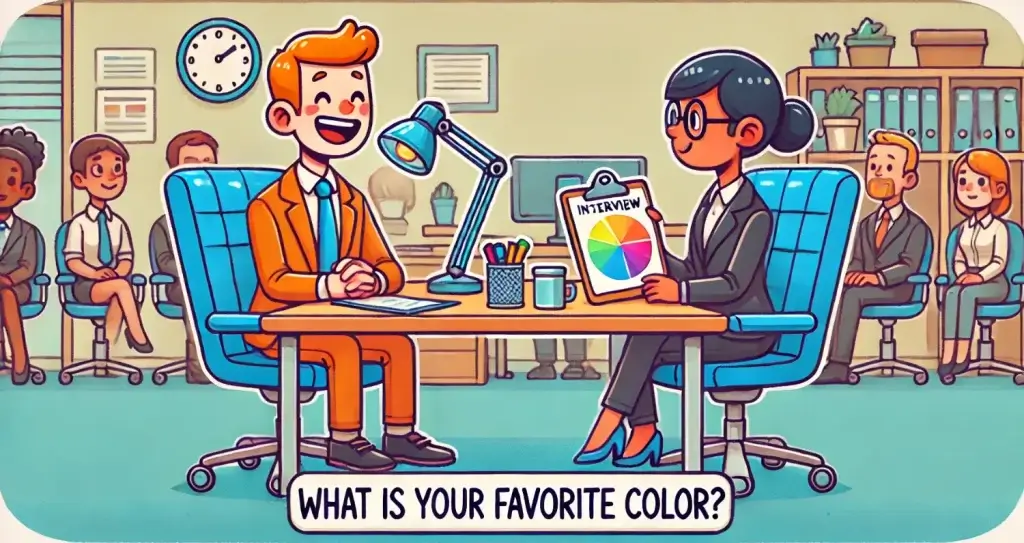Have you ever hired someone who wowed you in the interview only to disappoint on the job, or overlooked a candidate who might have been exceptional?
If so, you’re not alone—and it’s not your fault. It’s like judging a book by its cover when the real story lies within its pages.
Did you know there’s an evidence-based framework that transforms chaotic hiring into a strategic advantage. Today, I’m sharing the specific techniques that revolutionized hiring outcomes at companies like Deloitte, Amazon, and Google, dramatically improving performance, culture, and retention through behavior-based approaches that reveal a candidate’s true capabilities.
The True Cost of Intuition-Based Hiring
What if I told you that the average cost of a bad hire is 30% of their first-year earnings—and sometimes much more? When we examine the full impact of hiring mistakes, the financial toll extends far beyond the obvious recruitment costs. From severance packages and training investments to diminished team morale and damaged client relationships, the true price of getting hiring wrong cascades throughout an organization. These costs ripple through every corner of your business, undermining both productivity and company culture.
The cost of a bad hire is at least 30%
of the person’s salary and likely much more.
The irony is striking: business leaders consistently claim that “people are our most important asset,” yet hiring processes receive remarkably little systematic attention compared to other business functions. When purchasing new equipment, companies typically follow rigorous protocols—conducting detailed cost-benefit analyses, establishing clear specifications, and implementing structured evaluation procedures. But when it comes to bringing new people into the organization—ostensibly our “most valuable asset”—the approach often devolves into unstructured conversations and gut feelings.
This disconnect becomes particularly evident when we consider that approximately two-thirds of U.S. companies don’t monitor their hiring practices. As highlighted in Alex Haimann’s research on hiring process design, this lack of systematic attention to recruitment contrasts sharply with the meticulous oversight applied to other business operations. While organizations track inventory, monitor production efficiency, and analyze sales metrics with sophisticated systems, the same rigor rarely extends to talent acquisition.
Traditional interviewing remains riddled with outdated approaches that research has consistently shown to be ineffective. Questions like “What are your greatest strengths and weaknesses?” persist in interview rooms not because they yield valuable insights but simply because they’re traditional. These conventional inquiries fail to provide useful information about a candidate’s actual competencies or potential performance.

Our human psychology actively works against us during the hiring process. Three particularly problematic biases undermine intuition-based hiring: confirmation bias leads interviewers to seek information that supports their initial impressions; similarity bias causes us to favor candidates who remind us of ourselves; and the halo effect allows a single positive attribute to color our perception of a candidate’s overall suitability. These cognitive shortcomings, operating largely outside our awareness, systematically distort our judgment and lead to poor hiring outcomes.
The consequences of maintaining these flawed approaches are far-reaching. Organizations that cling to traditional hiring methods often experience persistent talent mismatches that hinder their performance. Even companies that have successfully improved other operational aspects find themselves limited by workforce capability issues that trace back to fundamental flaws in their hiring approach.
This systematic disconnect between the stated importance of talent and the actual rigor applied to acquiring it represents a significant blind spot in business operations. While companies might spend months evaluating software systems or production equipment, they’ll often make six-figure hiring decisions after a handful of casual conversations. The fundamental shift separating high-performing organizations from average ones is treating hiring as a systematic, evidence-driven process rather than an intuitive art. Companies that recognize this distinction gain a substantial competitive advantage through consistently better talent decisions.
Behavioral Interviewing: The Evidence-Driven Alternative
While most interviews test how well candidates perform in interviews, what if there was a method that tested how they’d actually perform in the job? Imagine spending weeks interviewing candidates only to discover you’ve missed the spark of potential that truly drives success. Behavioral interviewing cuts through the rehearsed answers and hypothetical scenarios to reveal a candidate’s true capabilities—documented to predict success with 55% greater accuracy than traditional methods. This improvement isn’t just theoretical—it translates to significantly higher return on investment for organizations that get it right.
The core principle behind behavioral interviewing is remarkably straightforward: past performance in similar situations predicts future performance. This approach operates on the evidence-based assumption that how someone has actually behaved in previous roles provides far more reliable data than how they claim they might behave in hypothetical scenarios. In essence, it transforms hiring from guesswork into a systematic, evidence-driven process.
Past performance (behavior) in similar situations
predicts future performance
While traditional interviews hover over hypotheticals, behavioral interviewing digs into real-world action. Despite its simple premise, implementing it requires thoughtful planning. Organizations must first identify the specific behaviors critical for success in each role. This means moving beyond generic qualities like “team player” or “good communicator” to define observable behaviors that distinguish top performers. For example, rather than asking if someone is “detail-oriented,” behavioral interviews probe for examples of when the candidate caught errors others missed or implemented systems to prevent mistakes.
The STAR method serves as the framework for both asking questions and evaluating responses. This structured approach requires candidates to describe a specific Situation they faced, the Task they needed to accomplish, the Actions they took, and the Results they achieved. Think of a candidate recounting a time they resolved a customer crisis using creativity and quick thinking—that’s the kind of detailed narrative that reveals real potential. Read more about this approach in the Built to Soar Book.
STAR
- S – Situation they faced
- T – Task they needed to accomplish
- A – Actions they took
- R – Results they achieved
Identifying the right competencies for each role requires a methodical approach. Like assembling a championship sports team, leading organizations conduct job analyses of their top performers, studying what behaviors consistently lead to success. Amazon, for instance, developed leadership principles that guide their behavioral interviews, ensuring candidates align with their culture of customer obsession and bias for action.
Beyond improving selection accuracy, behavioral interviewing significantly reduces unconscious biases that plague traditional interviews. Research found these structured interviews reduce the influence of demographic factors on hiring decisions by 26% compared to unstructured approaches. By focusing evaluators on observable behaviors rather than subjective impressions, companies create a more equitable hiring process while improving quality of hire.
The transformation stories from organizations are compelling. Deloitte implemented a behavioral competency framework that reduced turnover by 18% within two years. Google’s Project Oxygen restructured their interview process around behaviors of successful managers, resulting in a 30% improvement in management effectiveness scores.
Companies that implement these systems typically see improvements in first-year performance ratings of 20-25% and reductions in early turnover of 15-20%, creating a compounding effect that elevates talent quality and drives organizational performance upward.
Interview Rubric Brings It All Together
Then to bring it all together, utilizing a rubric to gauge the answers helps prevent subjective variation in grading the answers. Eric Guidace of Unicorn Talent says it well, “Interview rubrics are critical for creating equity and objectivity in the hiring process.”
The data is clear
…systematic, evidence-driven hiring slashes turnover by up to 50%, creating a competitive advantage that directly impacts profitability. Like building a high-performance machine where every part is calibrated for efficiency, every employee should be a perfect fit for your business engine.
Forward-thinking organizations treat hiring with the same rigorous approach they apply to other critical business functions. Corporate pioneers are implementing structured behavioral interviewing techniques and real-time problem-solving exercises that not only predict success but enhance team dynamics from day one—assessing critical thinking and cultural alignment in ways traditional methods cannot match.
The question isn’t whether you can afford to implement evidence-based hiring—it’s whether your organization can survive without it as competitors refine their strategies. Can your organization afford to risk another costly bad hire when the path to consistent excellence is clear?


